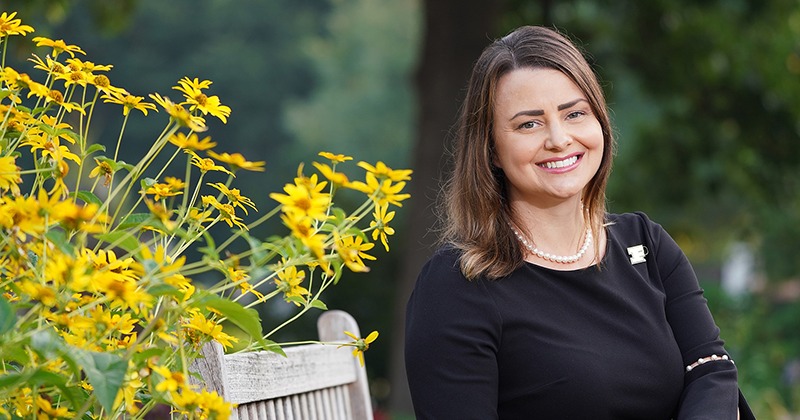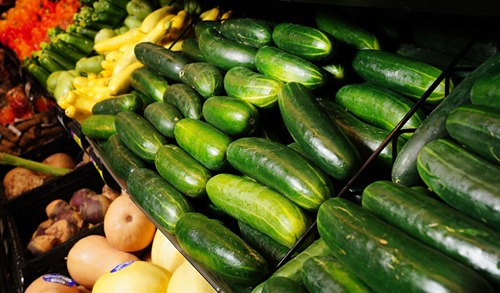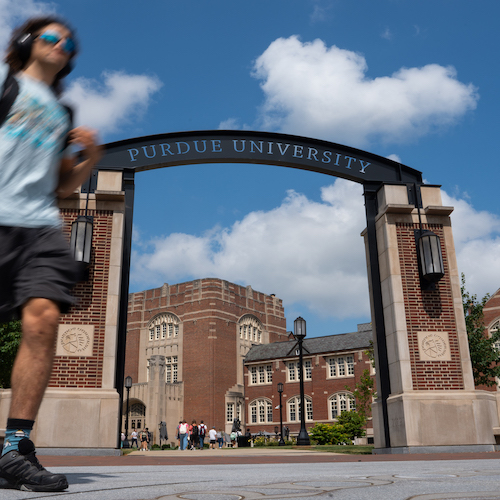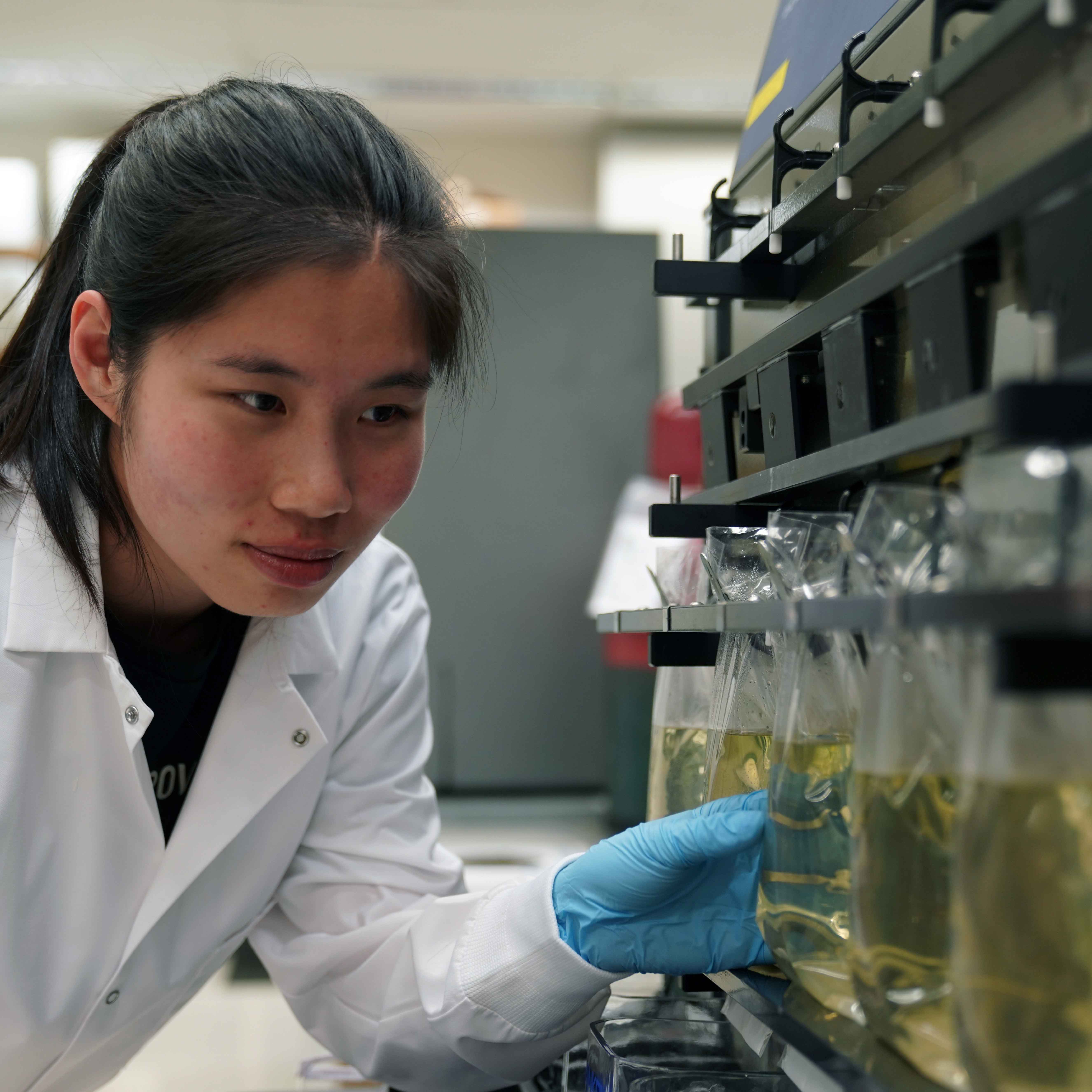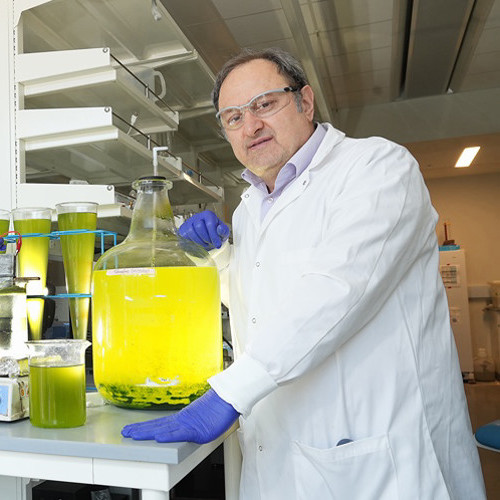Food Science
Imagine a world. . .
Where all of the earth’s raw agricultural products are utilized for nourishing every human being. Imagine turning those raw agricultural products into safe, shelf-stable, great tasting foods and beverages that every human being can afford and access. Imagine you helping to create this world.
Join Purdue Food Science!
CONTACT US
Department of Food Science
foodsci@purdue.edu
745 Agriculture Mall Drive
West Lafayette, IN 47907
765-494-8256
Pioneering Research
Pioneering Research

The manufacture and discard of traditional superabsorbent materials are affecting the planet. To combat this dilemma, Dr. Senay Simsek leads a team developing superabsorbent materials from cellulose extracted from hemp.
Explore the ResearchPurdue Food Science has a network of industry partners to connect students with hands-on experiences, internships, and full-time positions.
